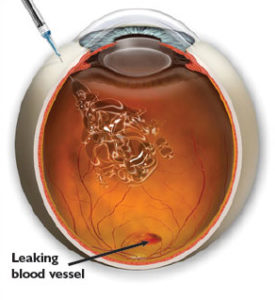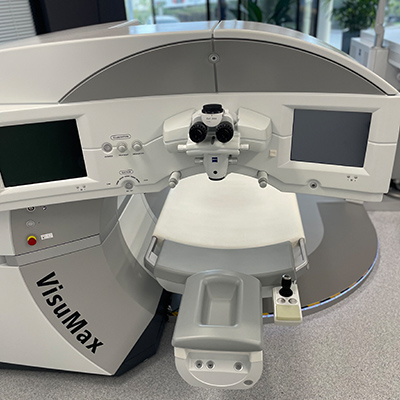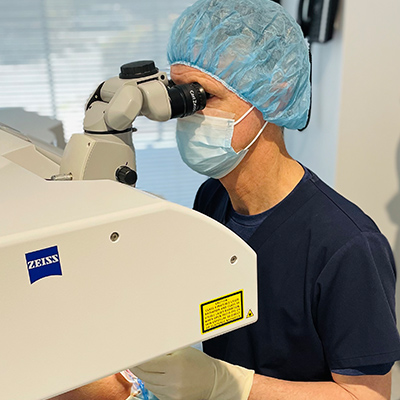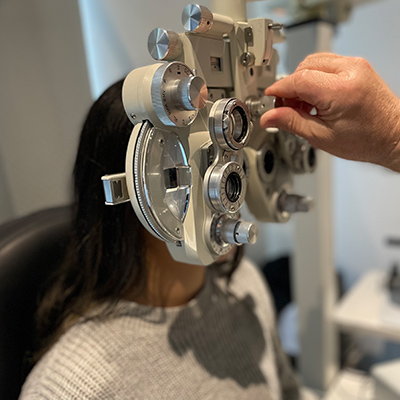Intravitreal Injections: What you Need to Know
What is an intravitreal injection?
An intravitreal injection is an injection of a medication into the vitreous (the jelly like structure that fills the middle of the eye). Medication is administered directly into the vitreous, as it allows the medication to be placed much closer to where the disease is occurring while decreasing the risk of side effects.
Who needs intravitreal injections?
Upon diagnosis of a retinal condition, you may be recommended intravitreal injection(s) by your Ophthalmic Specialist. Common retinal conditions include:
- AMD (Age-related macular degeneration) – When abnormal blood vessels begin to develop underneath the retina affecting central vision. The ‘wet’ form of AMD can be managed with intravitreal injections although the more common ‘dry’ form currently has no approved treatment or cure
- Diabetic Retinopathy – The most common form of diabetic eye disease; changes in blood glucose levels cause changes in retinal blood vessels. There are 4 stages of diabetic retinopathy ranging from mild to very serious. Regular intravitreal injections can manage symptoms and maintain vision
- Macular Oedema – When fluid and protein deposits collect on or under the macula of the eye. Left untreated, this can lead to permanent damage and significant loss of central vision
- Retinal Vein Occlusion – Blockage of the small veins that carry blood away from the retina. Sudden loss of vision can occur and in some cases permanent vision loss. Symptoms are minimal so it is imperative to contact an eye care practitioner if you notice any problems with your vision. If found early, management with intravitreal injections is possible
 A common question about intravitreal injections… “Do they hurt?“
A common question about intravitreal injections… “Do they hurt?“
A local anaesthetic drop is used to numb the eye prior to any medication being administered intraocularly (inside the eye). Most patients describe a pressure feeling rather than pain, with a slight sting that lasts for less than one second. The anaesthetic drops and special cleaning solution can cause a gritty feeling, but both are washed away thoroughly at the end of the procedure and a lubricating gel is used to help stop any irritation.
The benefits greatly outweigh the risks in almost all cases so we urge you to speak with your practitioner if you have any concerns related to your proposed injection.
The frequency of required injections will be decided during an assessment with your Ophthalmologist and can range from fortnightly to quarterly intervals
**Please note this blog is not a substitute for medical advice. If you have any concern about your vision or treatment recommendation, we urge you to contact your GP or Ophthalmologist**




